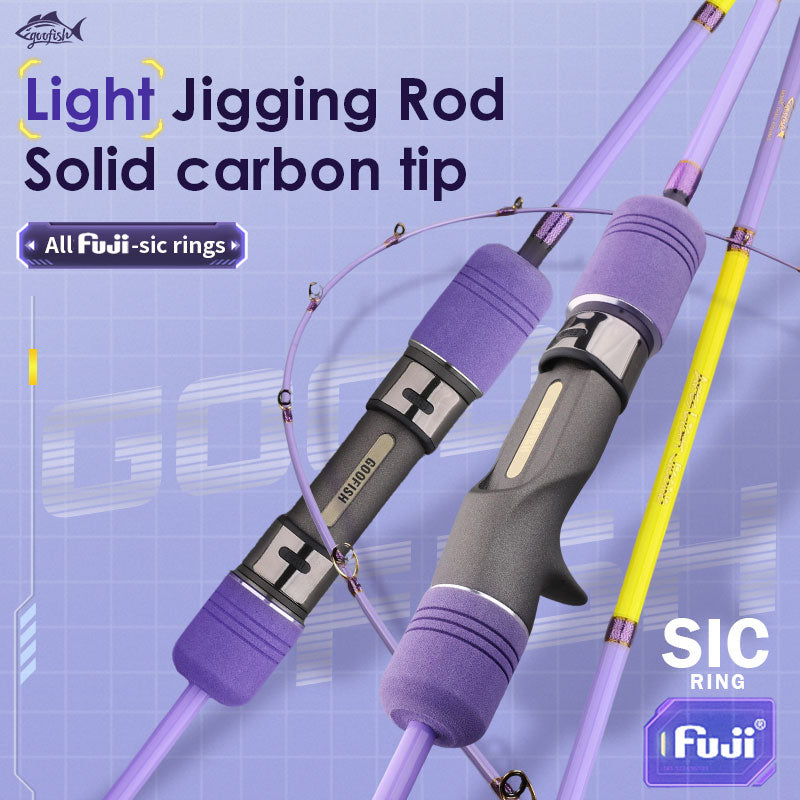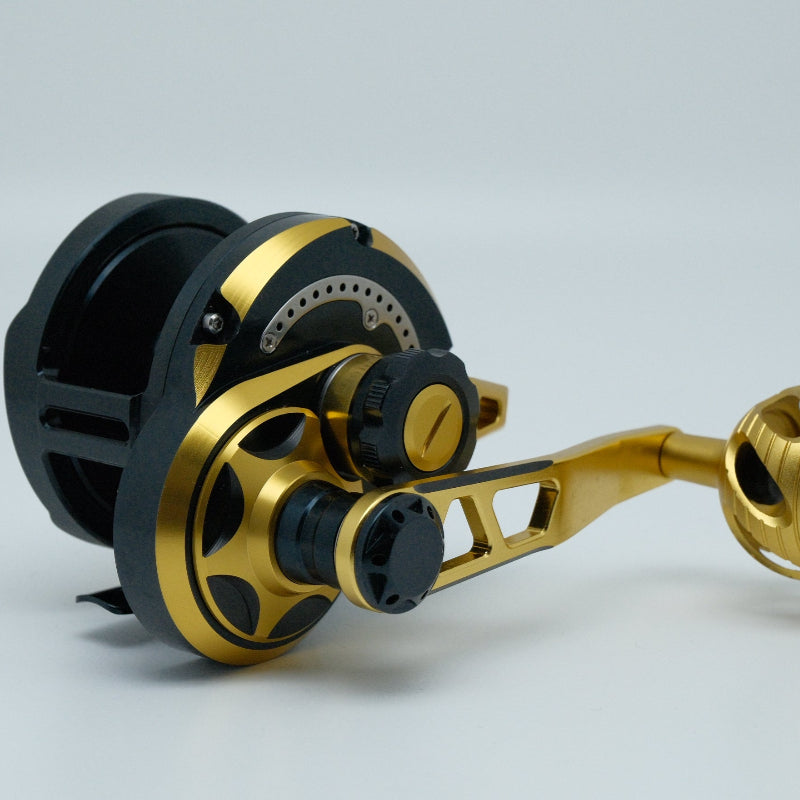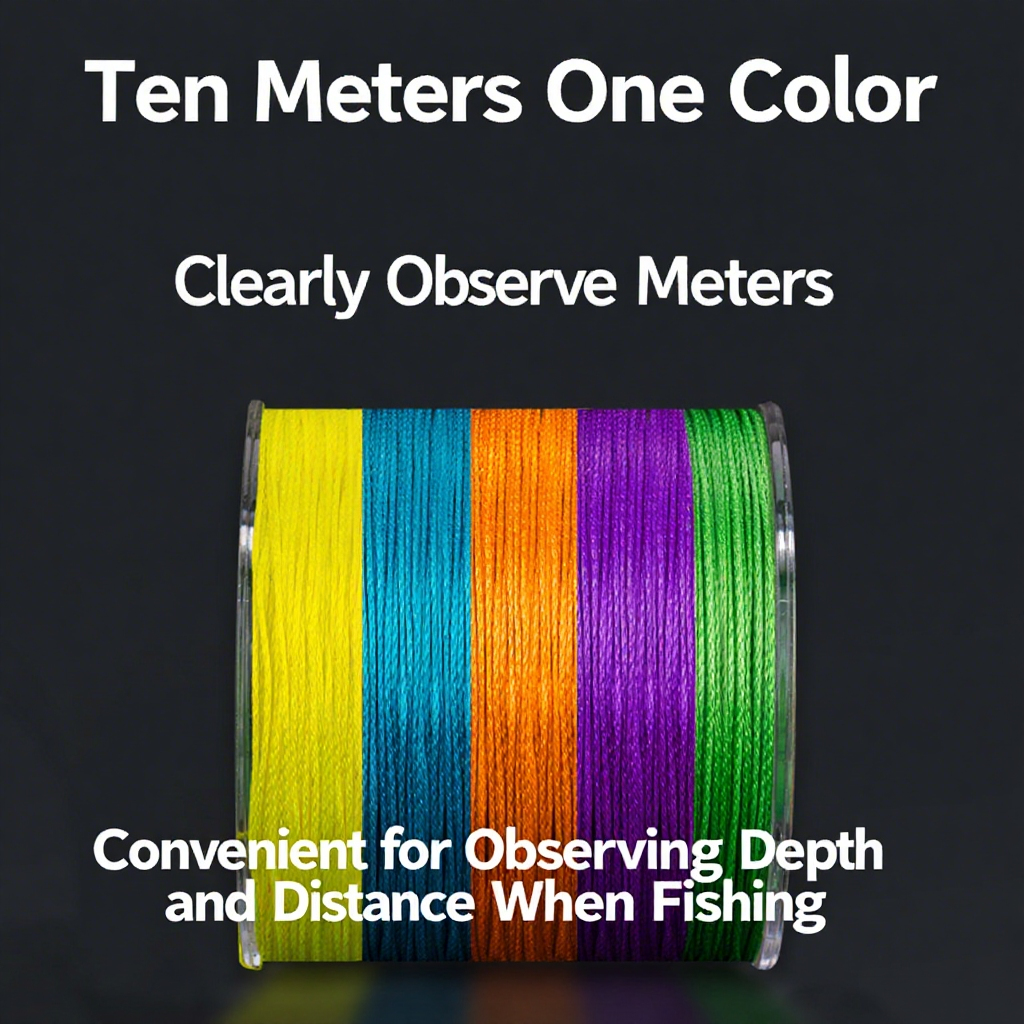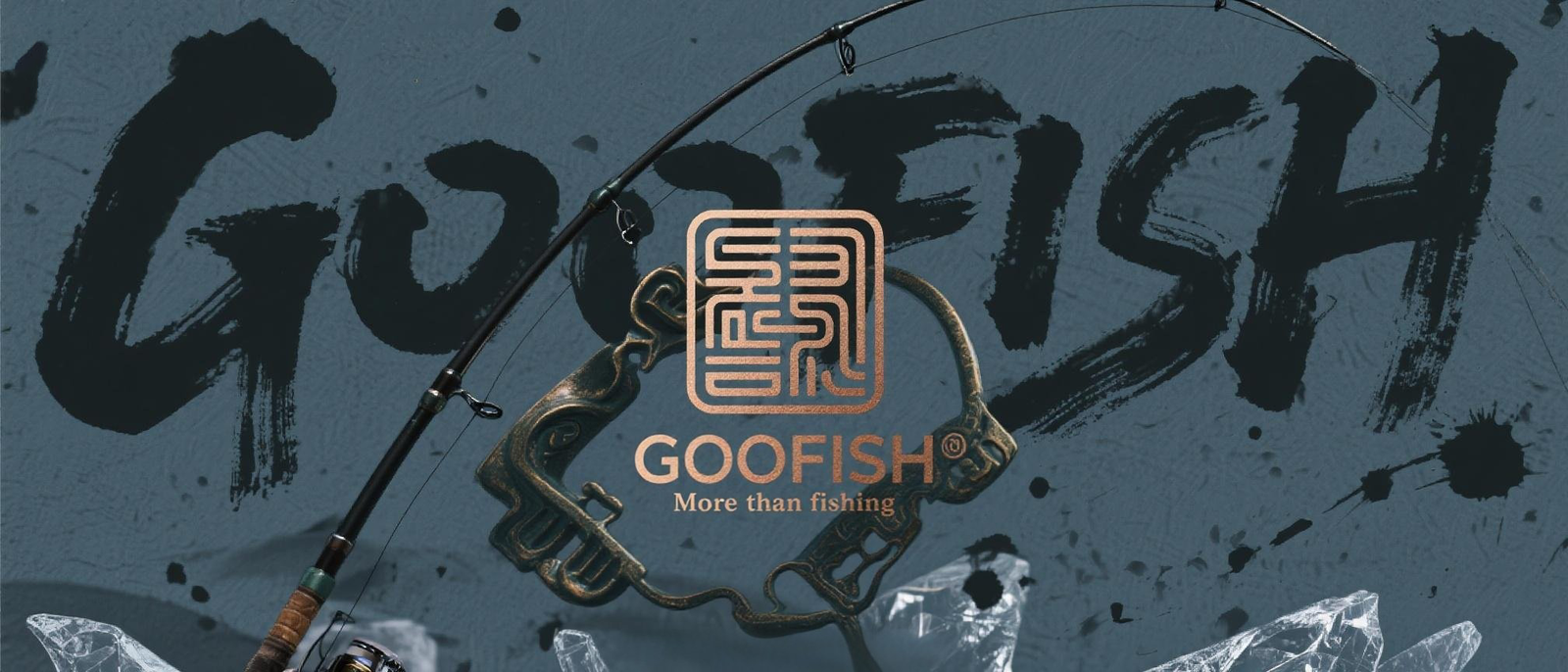Mastering the Art of Saltwater Casting: Unleashing the Power of Baitcaster Reels for Epic Ocean Adventures
Introduction: Why Baitcaster Reels Dominate Saltwater Fishing
When the waves crash against the hull and the salt spray mists your face, every cast counts. For die-hard saltwater anglers, the quest for the perfect catch hinges on one often-overlooked tool: the baitcaster reel. Unlike spinning reels or conventional rods, casting a baitcaster reel offers unparalleled precision, control, and power—traits that are non-negotiable when targeting marlin, tuna, or bonefish in open water. In this guide, we’ll dive into why baitcaster reels are revolutionizing rod casting, how to master the technique, and which models rise above the rest for rugged marine environments.
Section 1: The Science of Casting: Why Baitcasters Outperform Spinning Reels at Sea
Saltwater fishing demands resilience—you’re battling not just fish, but corrosion, UV damage, and the constant tug of currents. Baitcaster reels (often called cast bait reels) stand out with their unique design: a rotating spool positioned below the fishing rod, allowing for faster retrieves, smoother drags, and the ability to handle heavy lures or live bait with minimal line twist. Unlike spinning reels, which rely on a fixed spool and can snag easily in rough seas, baitcasters thrive in open-ocean chaos.
Pro Tip: Start with a low-profile baitcaster for finesse casting (think bonefish flats) and graduate to a round baitcaster for heavy offshore action. The key? Match the reel’s gear ratio (7.1:1+ is ideal for saltwater) to your target species’ behavior.
Section 2: Debunking the Myth: Anyone Can Cast a Baitcaster—Here’s How
The biggest hurdle to mastering rod casting with a baitcaster? Overcoming the fear of backlash. But with these three steps, even beginners can conquer the cast:
- Line Control: Use monofilament or fluorocarbon line (braid is an option for pros) and leave a ¼-inch loop between the spool and line guide to prevent tangles.
- Stance & Stabilization: Plant your feet shoulder-width apart, brace against the boat’s motion, and keep your elbow close to your body for a stable pivot point.
- Flick, Don’t Force: snap your wrist forward gently, letting the reel’s centrifugal braking system do the work. Practice on calm days first—with a weighted lure, not your dinner!
For saltwater specialists, casting a baitcaster reel isn’t just a skill; it’s an art form that bridges technique and technology.
Section 3: Saltwater-Ready Features: What to Look for in a Best Baitcaster Reel
Not all baitcasters are created equal—especially when salt is involved. Our team tested 20+ models offshore and identified these must-haves for marine mastery:
A. Corrosion-Resistant Build
Look for reels with aluminum spools, stainless steel components, and E-coat finishes (like Shimano’s Ultegra series). Saltwater eats through plastic—invest in durability.
B. Magnetic/ Centrifugal Braking Systems
A dual braking system (magnetic for finesse, centrifugal for heavy duty) lets you adjust drag on the fly. Essential for sudden runs from mahi-mahi or tarpon.
C. Drag Performance
A smooth, powerful drag (minimum 20 lbs. max) with a sealed drag washer prevents saltwater intrusion. Penn’s Slammer III and Abu Garcia’s Revo Rocket lead here.
D. Line Management
A 30+ lb. test line capacity (for big game) and a line counter (for precision jigging) take the guesswork out of deep-drop fishing.
Section 4: Case Study: Surviving Hurricane Conditions with the [Example Reel Name]
During a recent trip to the Gulf of Mexico, our crew faced 8-foot swells and 30-knot winds. Our secret weapon? The [smart catch baitcasting reels], a best baitcaster reel designed with a sealed drag chamber and a corrosion-resistant anodized frame. Despite the chaos, it maintained a rock-solid 50-lb. drag, reeling in a 120-pound marlin without a single hiccup. The key? Its lightweight design (under 9 oz.) reduced arm fatigue, letting us stay on the water longer.
Section 5: Beyond the Catch: Maintaining Your Baitcaster for Longevity
Saltwater anglers know gear maintenance is non-negotiable. After each trip:
- Rinse the reel with fresh water (focus on drag washers and spool shafts).
- Lubricate moving parts with a high-quality silicone grease (avoid WD-40—it attracts sand).
- Store vertically to prevent line memory and spool warping.
A well-cared-for baitcaster reel isn’t just equipment—it’s a lifelong fishing partner.
Conclusion: Elevate Your Saltwater Game with the Right Reel
Gone are the days when baitcaster reels were reserved for freshwater bass anglers. Today, they’re the backbone of offshore expeditions, flats fishing, and everything in between. By mastering the cast, choosing a saltwater-specific best baitcaster reel, and treating your gear with respect, you’ll turn every toss into a tactical advantage.
Ready to level up? Share your baitcasting triumphs (or tangles!) in the comments below. And remember—when the sea calls, let your reel be the answer.











Leave a comment